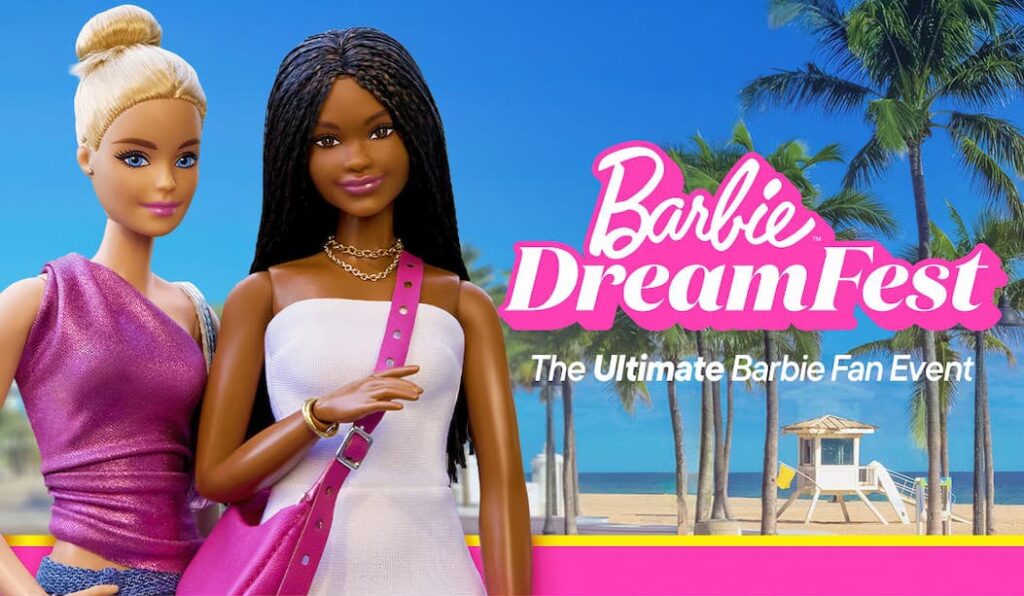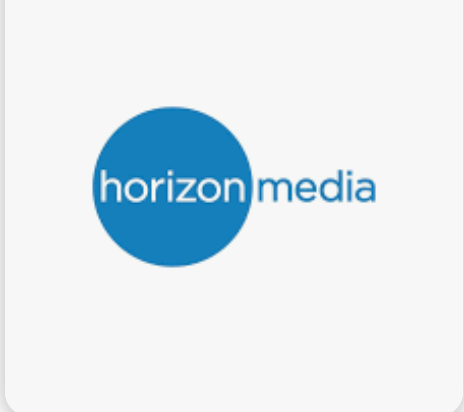
Napster may be an online phenomenon. But it needed every marketing tool available, from print ads to live events, when it relaunched as a legal music service.
Napster’s agency Mediasmith devised an awareness campaign that could later feed into a direct response strategy. The ultimate goal was to attract two-week trial users who were likely to become paid subscribers to a music-download service that replicated the success of its previous incarnation, a free (and highly illegal) file-sharing platform for MP3 music downloads. Reducing the cost of acquiring each trial participant was also a factor.
Believing that fresh creative was essential to meeting these goals, the agency recommended that Napster’s in-house creative team come up with two or three versions of each of 10 different concepts, with new executions always ready to be used. Thus armed with an array of sufficient creative resources, Mediasmith crafted a hybrid strategy that combined e-mail, guerrilla marketing, outdoor advertising (billboards, posters and street fliers), Web promotion and search.
Mediasmith vice president of client services Derek Leedy notes that the campaign began by scrubbing Napster’s legacy e-mail database, which had been dormant for several years while Napster worked its way through the copyright courts. The scrub took the list down from a total of 10 million e-mail addresses to 3 million good ones.
That list of verified names was the first place they reached out to, reconnecting with potential Napster loyalists. They then did vignettes featuring Napster’s kitty mascot escaping from jail, proclaiming that Napster was back. Seven episodes later, a buzz had started.
Several weeks before the launch, outdoor postings were used creatively. Posters of a fictitious event were put up and then “defaced” — covered with images of the Napster cat icon.
Online and print display ads were run in music publications and on Web sites. A faux “wild man” was even employed to display a “Napster Is Coming Back” sign. Complex flash ads were created, treating the Napster brand in edgy ways. Dance club promotions featured special “Napster Nights.” Athletes like BMX racer Ryan Nyquist were recruited for endorsements.
All these brand- and buzz-building activities eventually culminated in print ads in Time magazine and other publications and massive Web “roadblocks” on Rolling Stone, ESPN and Artist Direct’s Web sites. The ads included rich-media executions depicting the Napster kitty spitting flame.
For one of the first times, a Web effort became a television campaign. The online version (showing the Napster kitty with the voice-over “It’s back”) was lifted for a TV commercial.
The campaign was faced with having to describe Napster’s new subscription-music model. To this end an ad ran during the Super Bowl urging viewers to compare the cost of a Napster subscription to buying individual iTunes songs, with the call to action “Do the Math.”
The direct response portion used CPA ad networks like Advertising.com to drive massive numbers of impressions. The buys were relentlessly optimized to the point that the cost of a trailer had been reduced to less than a quarter of the client’s original cost.
Here are the challenges Napster faced:
-
Target definition and development. Reintroducing the music industry’s baddest kitty as a legal music service had to take into account that both downloads and the target audience of young men had changed. Through research in the effort’s development phase, true targets were identified. This ended up changing the target audience from the preconceived “16- to 22-year-old male” category to the “25- to 44-year-old adult music lover” who’s technologically proficient and has extra money to spend.
While men between age 16 and 22 are big music downloaders, they’re also heavily into illegal file sharing. Mediasmith analyzed and developed a universe of conceivable new customers based on a number of different data sources, and found the more likely target to be adults (men an women alike) between the ages of 25 and 44 who have an affinity to music, are technologically proficient and are willing and able to place a recurring charge on their credit card. That this group included women as well as men meant a broader brush for both online and offline design.
-
With a limited budget (compared with Apple) and huge expectations, Napster needed a campaign that announced its triumphant return without over-hyping or otherwise hurting its credibility.
Having established the new target audience, Mediasmith developed a complex integrated media campaign focusing on the new target’s media habits. This included print (15 magazines); broadcast (season openers and series premieres); online (roadblocks, rich media); search (SEO and SEM); and outdoor actions (guerrilla street teams, car wraps, billboards, postings and a Jumbotron impression or two).
Napster knew it was outspent so it relied on a veteran agency’s strengths, getting face time for a media campaign around music, lifestyle, technology, news and sports. Leveraging extensive senior contacts in the media community and years of buying power, over four months Mediasmith placed ads on 27 covers of 15 different magazines. TV ads aired on the season premiere of “South Park” as well as a number of key, proven audience drivers such as LeBron James’ rookie-year regular-season NBA games.
The campaign dove deep into highly trafficked Web sites using a variety of rich media creative. Outdoor efforts were presented in six major metro areas where wild postings, billboards, projection videos and a handful of Napster-branded Mini Coopers rolled into the streets straight out of “The Italian Job.”
-
Metrics on the fly. With so many elements in play, delivering impressions through different channels, the campaign needed to track, report and optimize around the clock.
The final numbers were very impressive indeed. The online, print, broadcast and guerrilla campaign achieved a 95.5% reach for the strategic target audience. Some 24% of the effort was allocated to interactive promotions; this provided greater efficiency in the plan and enabled Napster to move the acquisition cost per trial user from $144 to $22. With these efficiencies, Mediasmith saved 44% across a $3 million print plan.
LELAND HARDEN and BOB HEYMAN are co-founders of the marketing agency Cybernautics. This is an excerpt from their new book, “Digital Engagement: Internet Marketing That Captures Customers and Builds Brand Loyalty.” Copyright ©2009 Leland Harden and Bob Heyman. Published by AMACOM Books (www.amacombooks.org), a division of the American Management Association, New York. Used with permission. All rights reserved.



